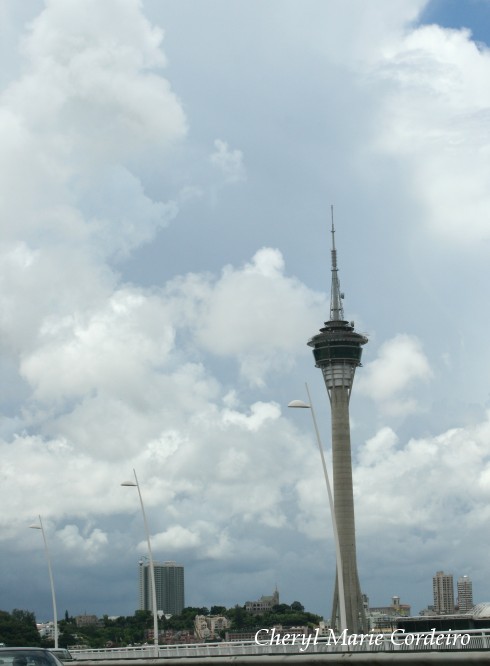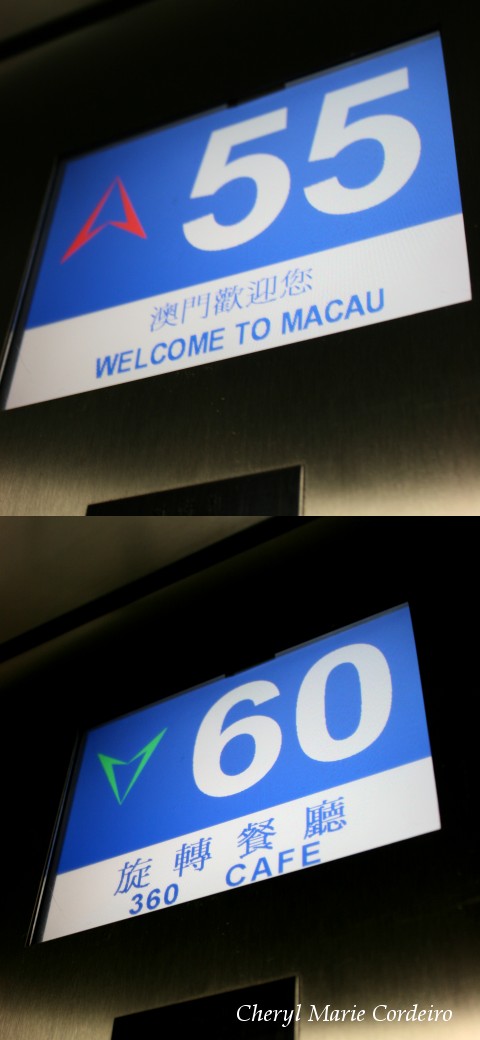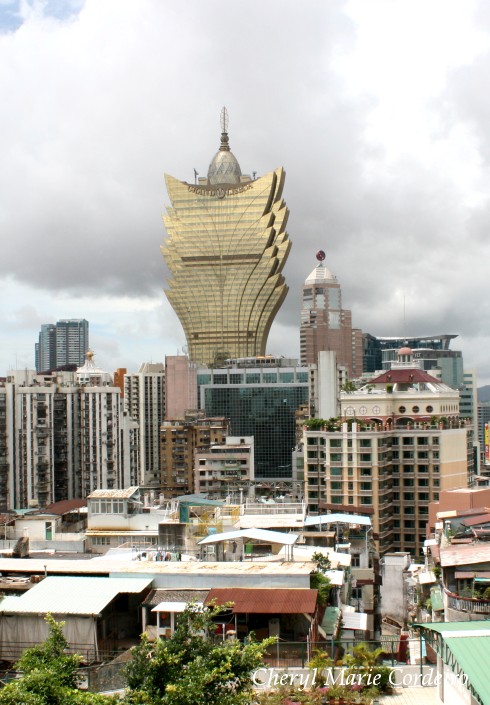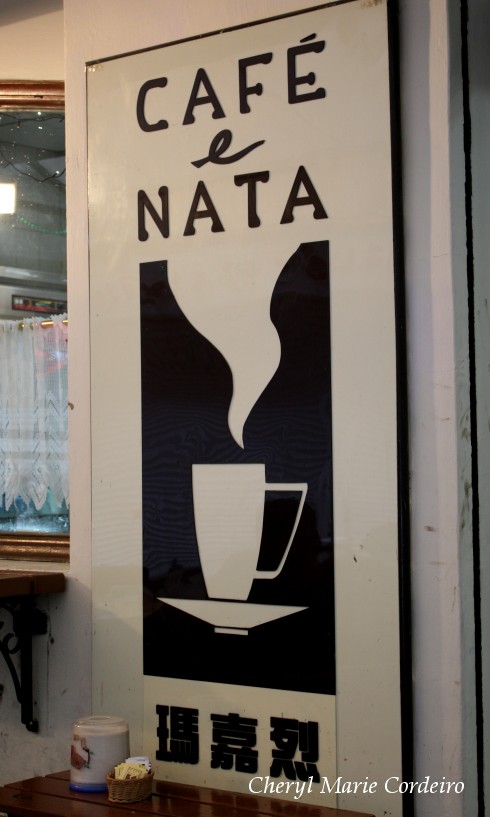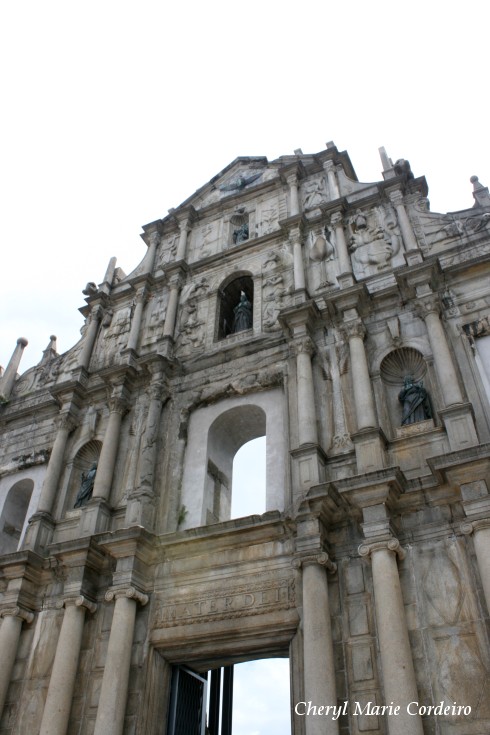
The facade of Ruínas de São Paulo or the Ruins of St. Paul’s, Macau’s historic landmark that attests their Portuguese heritage.
Photo © C M Cordeiro-Nilsson for CMC 2010
In today’s modern Macau, it is difficult to find any trace that Macau had set out its life as a western outpost in Asia, as a matter of fact together with Malacca as one of the oldest. Macau is also one of the most visible reminders of the fact that it was actually the Portuguese explorer Bartholomew Diaz who in 1488 discovered a sea route to China and that Great Britain, still so present in today’s Singapore, arrived centuries later in the Far East.
Today Macau has been given back to Chinese administration, however the remnants of Portuguese culture is deeply instilled in the food, culture and architecture of Macau. During my recent visit, one of my ‘most important places of interest’ was the Ruins of St. Paul’s Cathedral. To find my way there was a mixed experience.
The Ruins of St. Paul is constantly filled with people, so walking from Senate Square in the direction of the Macao Museum would be one of the most convenient means of getting there. Even when driving, we parked some 400m away and walked.
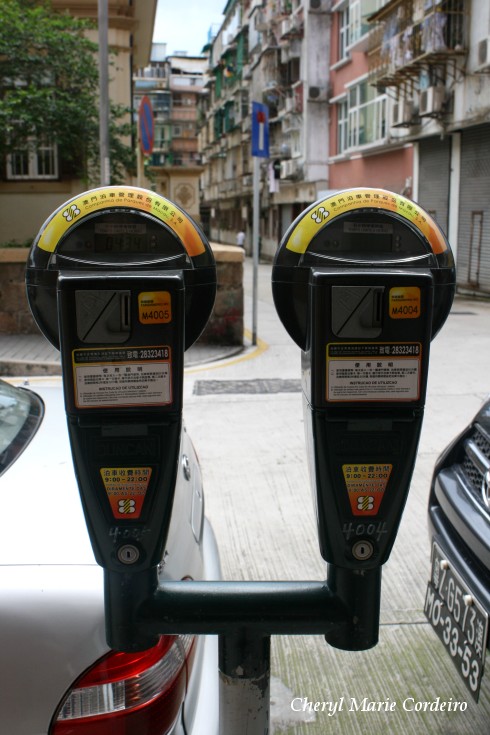
Parking meters is the system in Macau when parking along the streets.
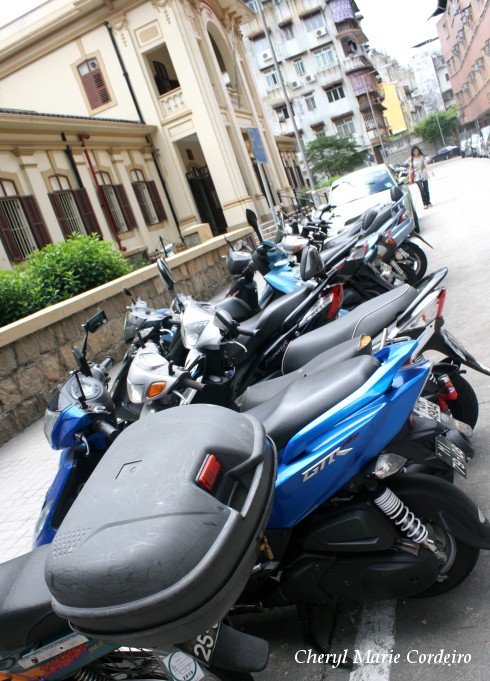
Scooters, a common sight and mode of transport.
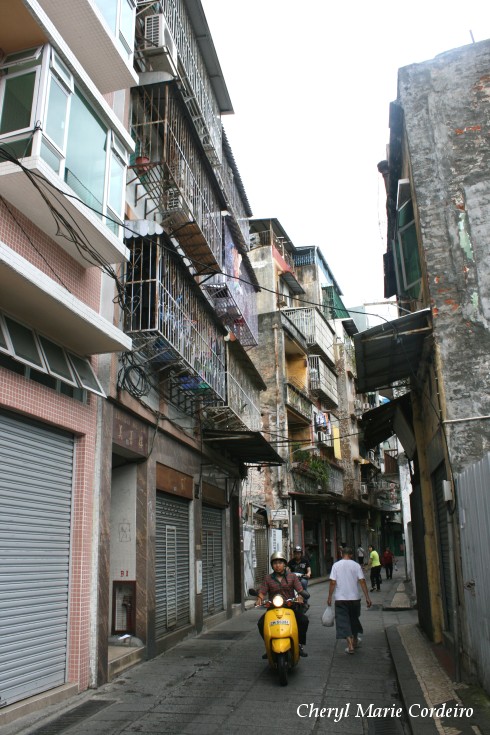
All the better to navigate these older, narrow streets.
Parking meters are the system in Macau, if you’re driving and you’ll also notice a fair bit of scooters and small motorcycles on the roads, which are excellent vehicles to navigate the narrower streets of the region.
The Ruins of St. Paul is today what is left of a Portuguese Jesuit cathedral that was accidentally destroyed by fire in the early 1800s. Dedicated to Saint Paul the Apostle, it was in the 1600s, a collegiate church that the Jesuits used to house those of their society who were on their way to Japan, via Macau. These ruins are one of the region’s most historic landmarks and enlisted as part of UNESCO’s World Heritage Site in 2005.
Continue reading “The Ruins of St. Paul’s Cathedral, Macau”
